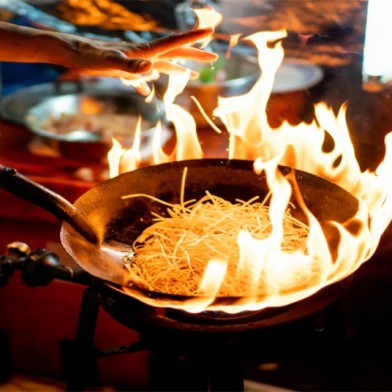Dining in Asia remains has been a distant dream for New Zealanders over the past two years, but generations of Asian immigrants have helped bring the flavours of the region to Aotearoa through restaurants and markets across the country.
And if you have a garden (or a few indoor pots), you can even grow some of the flavours of Asia yourself.
After years of experimenting with growing Asian vegetables in Wellington, here are a few of my favourites.
Daikon
Daikon is a staple of North Asian cuisines and has a multitude of uses – pickles (e.g. kimchi), stews, salads, soups and even fritters.
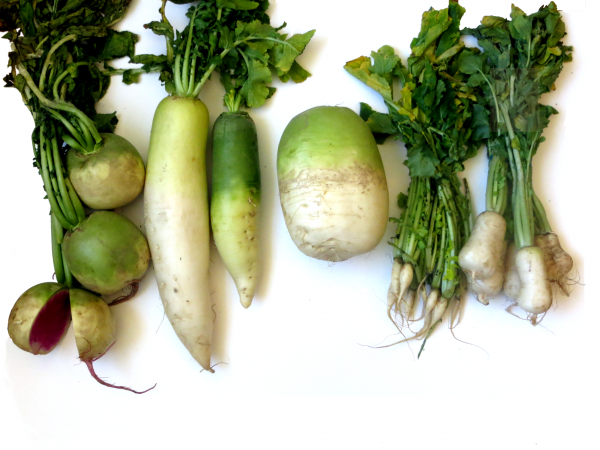
Daikon in all its varieties can be used in anything from pickles to soups. Image: Wikimedia Commons
I’m overly obsessive about planting different varieties (several suppliers stock daikon seeds) and mostly they sit in the garden being ignored because my husband insists on buying the giant fresh ones he finds at the Korean supermarket in Johnsonville. Handily, you can keep picking the leaves to add to stir-fries while the root continues to grow.
Gobo
Ah, gobo. Known as the burdock root in English, it’s an intensive vegetable to grow – it needs a lot of depth and it can take months for it to be big enough to eat. One gobo generally only produces a single dish. But it’s all worth it if you can eat the Japanese dish kinpira gobo – fried gobo with carrot and a soy sesame sauce – even once or twice a year.
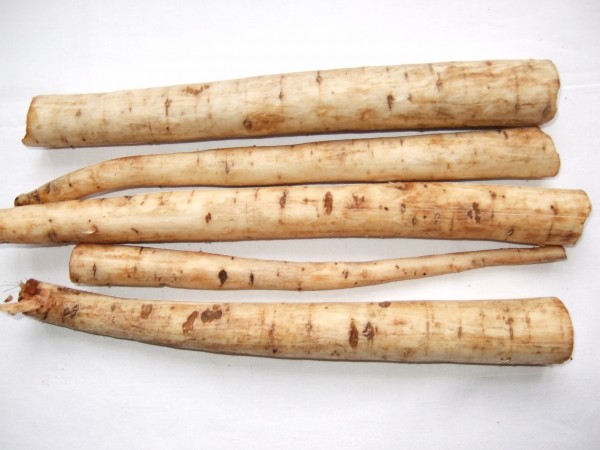
Gobo can take a lot of work to grow, but it pays off for a taste of the Japanese dish kinpira gobo Image: Wikimedia Commons
You can grow it in potato sacks, which strictly speaking aren’t deep enough, but they’ll do. A bonus is that you can also eat the leaves in hot pots. It’s said to have many health benefits if only you can grow enough to eat it regularly.
Shiso
Shiso is the Japanese name for a herb known as “perilla mint” in English. Originally from mountainous regions of China and India, it’s also used in Vietnamese and Korean cooking. It has a slight aniseed flavour that’s delicious in salads and with chicken. The purple variety is also used to colour Japanese pickled plums – umeboshi.
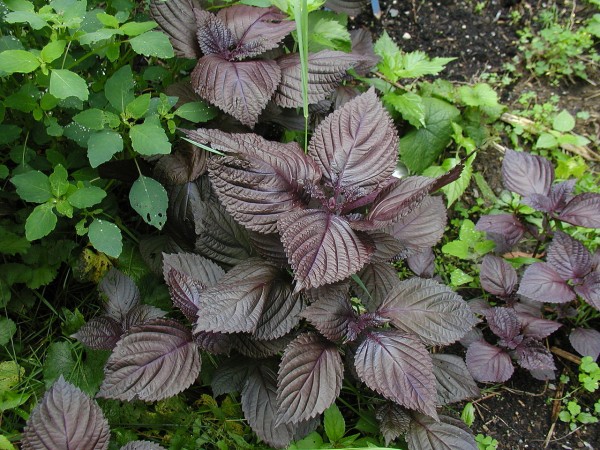
A darker variety of shiso (pictured) is used to colour umeboshi. Image: Wikimedia Commons
Shiso can be a bit fussy to grow – you’re supposed to stratify the seeds for a week before planting – but I now have the purple version popping annually and a friend has so much she tries to give it away. I’ve never managed to get the green version to grow, but others have. Kings Seeds also sells a microgreen purple shiso, is a faster way to get some in your salads.
Edamame
Ubiquitous as a side dish in Japanese restaurants, and nowadays available frozen in almost every supermarket, you can also grow edamame at home. King’s Seeds sells the “Soybean Sonya” variety. I have to admit my results have been less than spectacular, with just a few small pods, but this is a garden challenge I’m determined to keep up. I suspect other gardeners may do better in the right environment.
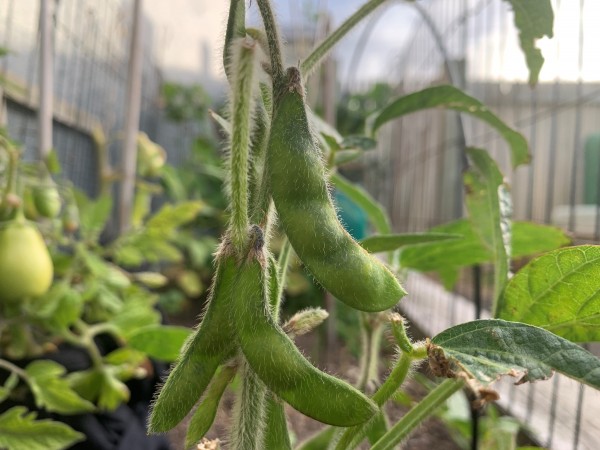
Edamame is universal as a Japanese side dish, so why not try growing it yourself?
Mitsuba
Another herb used in Japanese cooking, mitsuba means “three leaves” and goes by the English name of “Japanese parsley”, though it doesn’t really taste like parsley. It took me a few goes to get this one to grow, but now I’ve found the right spot (in a shady patch) it’s settled in and growing year round. It looks nice as a garnish, can be a sushi ingredient and we use it in the Japanese soup of ozoni, eaten on New Year’s Day.
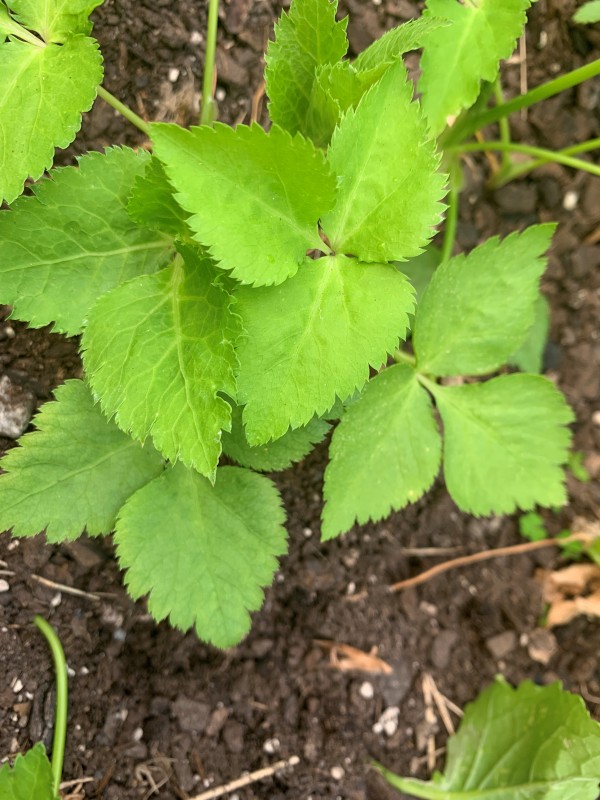
Mitsuba is also known as Japanese parsley - although not necessarily because it tastes like parsley.
Shungiku
An edible type of chrysanthemum, this is not to everyone’s taste. And it can easily get bitter. But I’m a massive fan. Along with rocket, it’s my favourite vegetable to grow. It grows quickly in shady places, is good in hot pots, is delicious with tofu and sesame, and looks pretty in miso soup. Slugs don’t like it.
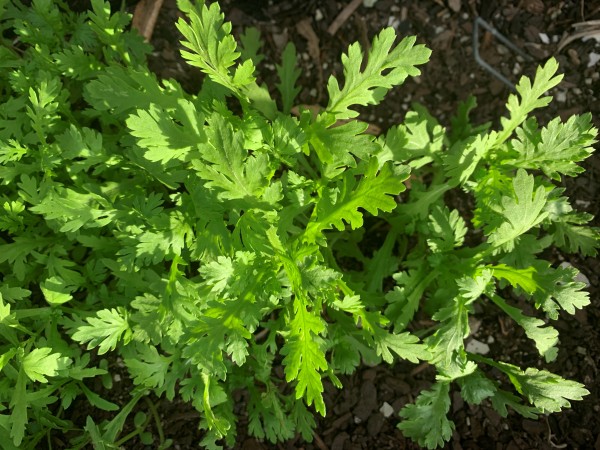
Shungiku can quickly turn bitter, but is a rockstar when paired with tofu and sesame.
King’s Seeds sells the small leaf version and you can get a larger leaf version under the “World Kitchen Chopsuey Greens” brand at Bunnings. Looks pretty when it goes to seed, and then you have enough seeds for another round as well.
Tatsoi
This is a brassica in the same family as bok choy/pak choi (which there are many, many varieties you can grow) but I prefer growing this. It’s easy and fast to grow, has pretty leaves and goes well in stir-fries and soups. Unfortunately, pests also find it tasty.
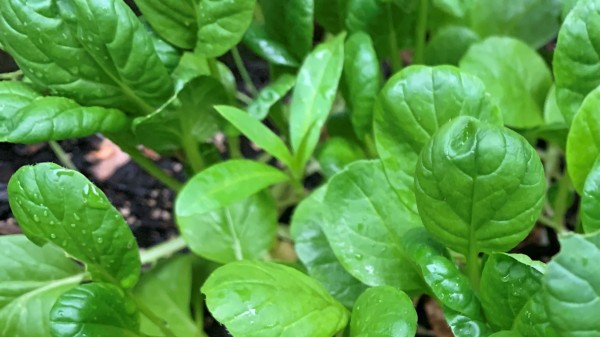
Tatsoi is a staple for stir-fries and soups but watch out for pests if you decide to grow it - they can't get enough of it.
But wait, there’s more...
There are chilli and pepper options galore. Different cabbage options for kimchi. Many types of green vegetables, plus interesting melons and eggplants. You can now get kits to grow shiitake mushrooms at home.
Fruit is a whole other story – but a final shout-out to kaffir lime, which grows well in Wellington. It’s always handy to have a few leaves on hand for Southeast Asian dishes.
Some seed suppliers:
Kings Seeds – check out their Asian seed collection https://www.kingsseeds.co.nz/
Koanga Gardens https://koanga.org.nz/gardens/seed-categories/
Johnsons World Kitchen – A Taste of Asia collection. https://www.mrfothergills.co.nz/seeds-vegetables/johnsons-world-kitchen.html
Other seed suppliers sell in higher volumes for commercial purposes.
Banner image: vegetables.co.nz
- Asia Media Centre
